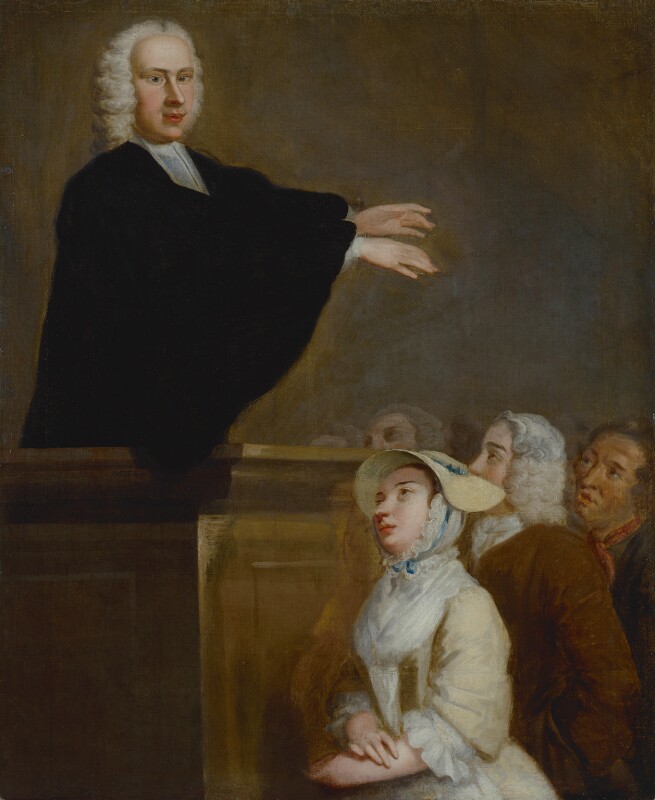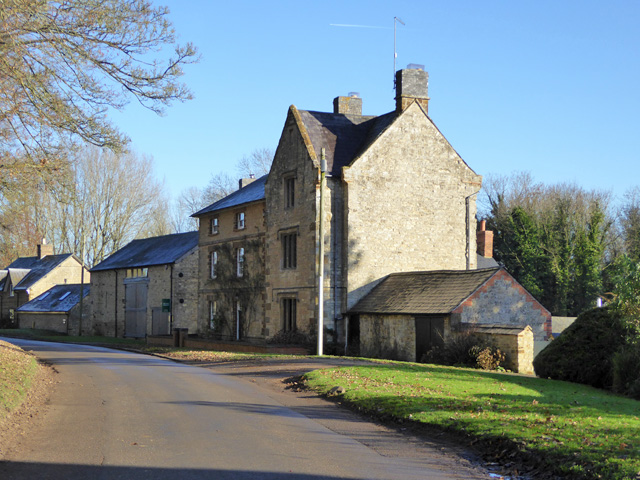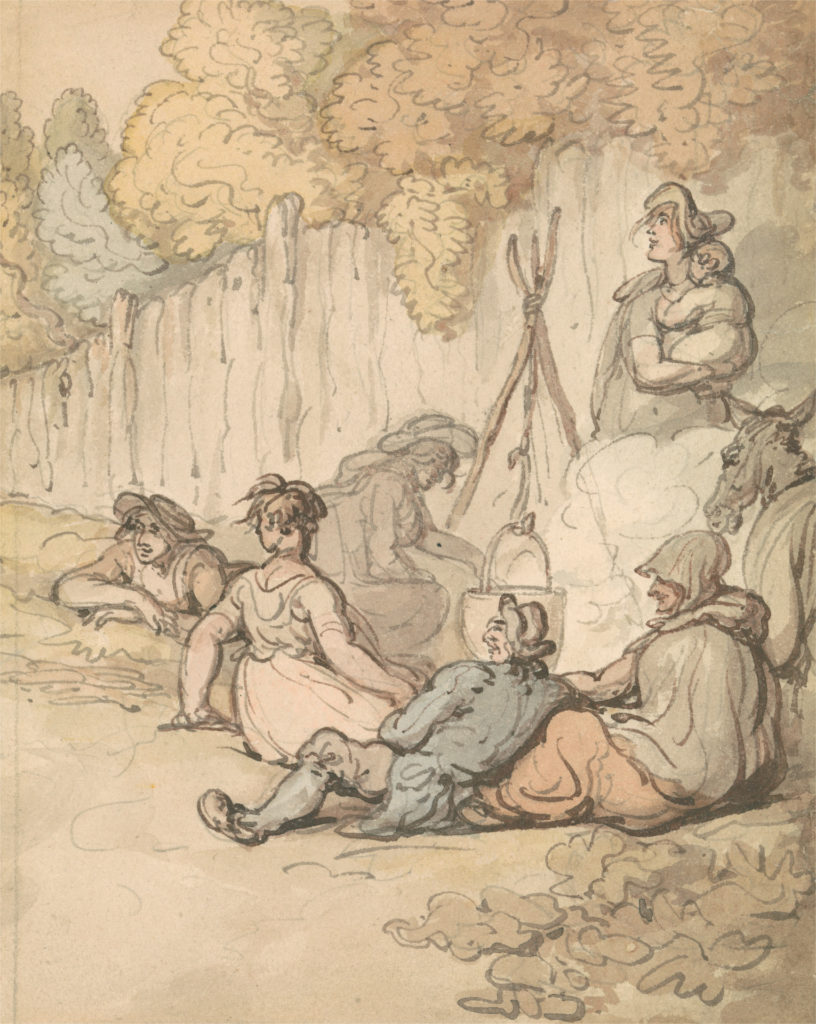Mary Saxby’s memoirs of life as an itinerant in late Georgian England paint a vivid picture of harassment, vulnerability and near destitution, but they were written with a particular purpose in mind – as a story of conversion of a sinful woman to evangelical nonconformist Christianity.
One half of the world does not know how the other half live.
Quoted on the title page of Mary Saxby’s autobiography ‘The Female Vagrant’.
Born in London in 1738, Mary Holloway (or Hollowell, and later Saxby) had a tough start in life. After her mother died when she was a toddler and her father went abroad with the Army, she was farmed out to her aunt and uncle but, as she remembered it, ‘[I] scorned to be under the controul [sic] of any of my friends’. Her relatives sent her to school at the Rev George Whitefield‘s Tabernacle near Moorfields,1 where she learned to read and write and absorb a little religion. Nevertheless, according to her own words, her ‘vileness’ continued and she constantly ran away from home. The return of her father, who took up his old occupation as a silkweaver, did not help and when he remarried and started a new family her ‘wicked and impetuous temper’ got worse.

Despite being severely punished – she was whipped, tied to a bedpost and forced to wear a ‘log’ strapped to her leg to stop her absconding – she did not change her ways and while still a young teenager left home for good, embarking on a life wandering from town to town in the counties of Essex, Kent, Bedfordshire and Buckinghamshire. She earned money however she could, but was never far from destitution. At times she worked as an agricultural labourer and at others sang ballads in alehouses and at feasts and fairs for a few coins and some drink.
Those without permanent places of abode were viewed with suspicion and animosity. The 1744 Vagrancy Act’s definition of those that could be removed from the parish and/or prosecuted by the authorities included ‘petty chapmen’ and pedlars, ‘persons pretending to be Gypsies, or wandering in the habit of Gypsies’, small-time conmen, beggars, men who had abandoned their families, and ‘all persons wandering abroad and lodging in alehouses, barns, outhouses or in the open air, not giving a good account of themselves’ which put Mary, who frequently slept in such places, only just on the right side of the law. Prostitutes were also at risk; when Mary was found at Epping in Essex in the company of a ‘common woman’ the magistrate sentenced them both to a public whipping and six weeks imprisonment.

In her memoir, Mary was emphatic that she had never sold sex. However, she was certainly at risk of sexual assault. As a lone young woman she was vulnerable and although she tried hard to make her own choices that was not always possible. She fled one ‘Gypsy’ man who wanted to make her his ‘secondary wife’ but later fell in with a gang who forced women to steal for them (because they were less likely to be sent to the gallows). She described narrowly avoiding gang rape by a band of sailors. I can’t help thinking that there may have been many similar incidents.

In 1771 at Olney in Buckinghamshire, Mary married John Saxby, another traveller, with whom she already had three children. Their relationship was already marked by his drunkenness and violence and by their perpetual financial instability. Years earlier, he had fought another man for possession of her, which she described as merely exchanging ‘one state of slavery for another’. Although Mary welcomed her new legitimate status, happiness was too much for hope for. ‘He did not promise to be the best of husbands; but he was not willing to part with me,’ she wrote. They went on to have seven more children.

In 1774 the family was living in wooden huts near Bradden in Northamptonshire. John Saxby had fallen ill as a result of ‘drinking and swearing’ and could not provide for his family. Mary was forced to leave three-year-old Jemima in the care of a friend in order to earn money peddling goods door to door. The child’s sleeping sleeping basket caught fire and she died of burns soon afterwards. Mary was heartbroken. ‘She twined round our hearts, like the ivy round the oak,’ she wrote. It was only a new-found love of God that kept her alive. The family had lost all their possessions in the fire, and Mary and John were forced to take backbreaking work in the hay harvest. By now Mary was sick of life on the move and decided she needed to give her remaining children a permanent home. They settled at Stony Stratford in Buckinghamshire.
It took a while to adjust. Despite attending services at non-conformist chapels, she did not immediately abandon her ‘wicked ways’. She was never explicit about what these were but she counted ‘obscene jests, filthy ribaldry, and profane swearing’ among them. We would not see these as serious failings now, but at the time they amounted to sacrilege.
She had two more children followed by a second set of twins but John continued to be feckless. ‘My poor husband was at the alehouse most of the time; whilst I, and my children, wanted the common necessaries of life.’ She descended into a black depression, later describing her feelings as like ‘a weight, like a stone, at my heart’. One of the twins died.
According to the Reverend Samuel Greathead (1759–1823)2, who knew Mary, she could not feel ‘due abhorrence of the wickedness of her past life’ until she had received a course of religious instruction. She attributed her survival to an epiphany and conversion and was seized with the desire to spread the word. She once more took to the road, this time to ‘tell [her] fellow sinners, “what a dear Saviour I had found!”‘
One of her sons died suddenly and her husband’s health began to fail. He died in September 1782, leaving her with five children, four of them dependant, and a pile debts. For a while Mary was given ‘outdoor relief’ by the parish – a tiny dole of 3 shillings a week, and her children appear to have been in the workhouse in another town. Eventually she opened a shop to try to support her family.
We have no information on when Mary started writing her memoirs but she stopped in 1794 after her 18-year-old son, Thomas, died in an accidental drowning at Olney. Seven years later, a daughter died of smallpox and Mary departed life soon afterwards, on 20 December 1801, having suffered a ‘painful disorder’ for many years.

Kezia, a surviving daughter, gave Mary’s manuscript to Greatheed, which he edited and published in 1806 as Memoirs of a Vagrant, Written by Herself. With Illustrations. Unfortunately the plates are missing from the copy available on Google Books and the index gives no clues as to the subjects of the illustrations.
Greatheed claimed that he had hardly changed a word of Mary’s work. ‘I have thought it best to retain the writer’s phraseology wherever correction did not seem requisite,’ he wrote in the introduction. ‘I have taken no other liberty with her narrative, than that of omitting a few passages, which appeared to be irrelevant to the leading subject, or liable to misconstruction.’
But how true was Greatheed’s claim that this was Mary’s ‘unvarnished truth’? He was a former military engineer who was converted to evangelical Christianity by a fellow officer after living ‘a riotous life’ with the Army in Canada, so Mary’s journey from from sin to enlightenment had elements of his own story. It would not be surprising if he subtly shaped her narrative, but we will never know how much he removed or improved it. The book includes his footnotes, an introduction and a conclusion describing Mary’s life after Thomas’s death.
Working-class memoirs such as Mary’s, with their ‘true confessions’ of moral and sexual degradation, would have given their middle-class readers intense satisfaction, as they reinforced existing beliefs: the poor could only be improved with religious instruction from people like themselves. To us, her abject apology for her early transgressions seems wrong. She was living a life of pain and loss after losing her parents, but she blamed herself for moral failings. For evangelicals, however, her story was perfect.
Memoirs of a Female Vagrant is valuable to us now in a completely different way, not only because so few autobiographies by women have survived (or were written at all). If you strip out the conversion story, you are left with a unique picture of life at the very bottom rung of society.
Mary was highly unusual in being able to read and write. She mentioned her love of books several times through the memoir, and her literacy may have been a factor in attracting the evangelical ministers who certainly did much to support her. ‘The Lord gave me favour in the eyes and hearts of his people and ministers,’ she wrote, ‘and whilst they rejoiced with me at what God had done for my soul, I found their edifying conversation, and fervent prayers, truly profitable and precious.’
For another life story of an immoral working-class woman manipulated to serve the purpose of evangelism, see Margaret Catchpole.

As you know, some parishes would force marriage on a couple after they’d had a bastard or two.Some forced a pregnant vagrant over a parish line so that the child would be another parish’s problem.
It is hard to distinguish what Mary’s actual behaviour was from what might have been accented to play up the change when she was converted. I know a homeless woman who gave away her first child and had her second taken from her . Her family had money and when she grew old enough she managed to get Social Security. The check wasn’t large but with other money to which she had access she could have paid for a room someplace. She had been employed at various times. However, this woman rebelled at the slightest suggestion of rules or restraint. She could only abide being told to be at work at a certain hour, or to moderate her behaviour at work for a short time before storming off. She did have mental illness problems but being required to take medicine irked her. In other words, despite having several opportunities and being helped by several people and organizations she preferred to live as a vagrant most of the time. Other people who were temporarily homeless tried to help her. People who could be considered lower economic class and one step from being homeless gave her advice. But she was headstrong and stubborn and preferred to live behind a dumpster to going to any place where there were rules.
I believe that Mary’s story could be just as given and that it wasn’t until she encountered the the Evangelicals that she came to any sense of her own worth or that she could be better. Something changed her life. Of course not all of Mary’s problems were self inflicted but some appear to have been.